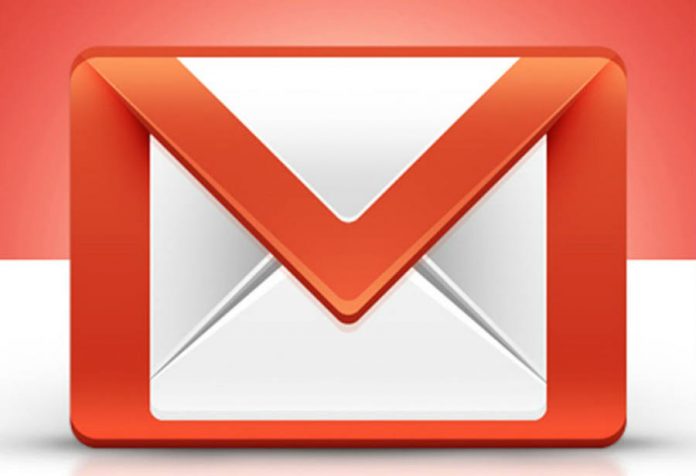
On Wednesday, Google announced a major security update to Gmail that is intended to fight phishing attacks spread via email. The new machine learning models and safety additions to the platform will also prevent malware and ransomware from reaching users.
The announcement follows prior commitments and efforts to bolster the security of the popular email client. Google and other tech giants vowed to enhance their encryption following Hillary Clinton’s email scandal, which started due to a successful phishing attack targeting his campaign manager.
In recent months, the Mountain View company has taken measures to combat cyber crimes across their platforms, including Android, Google Search, and Google AdWords. Now Gmail is adding yet another layer of security to protect users from harmful messages and attachments.
Google is using machine learning to deal with email scams
The first weapon Google is taking against hackers, and other cyber criminals, is the best of its arsenal: its artificial intelligence engine. Using new models, developers have equipped the platform with the ability block phishing messages with 99.9 percent accuracy.
To do this, the tech giant is building on top of the early phishing detection system previously available to G Suite users only. This machine learning model works together with its Google Safe Browsing counterpart, increasing infection prevention significantly.
These automatic defense systems also carry out the heavy workload of filtering spam emails, which Google says represent between 50% and 70% of all messages sent using the platform. Many of these emails also have malicious files and links in them.
Gmail will not accept emails with malware
Sometimes, the most useful tools are not the most sophisticated but the most simple. Google knows this and has also rolled out features over the years to prevent users from both receiving and sending malware via Gmail.
For instance, the email platform has long had virus analysis filters for message attachments and links, even those who come from associated services like Google Drive when files are larger than the limit imposed by Gmail.
In recent times, Gmail has gained the ability to block potential abuse of its platform right from its origin: malicious users. The email client won’t let you send a message if it detects that it is carrying a virus, and if it somehow bypasses that filter, it won’t allow recipients to download attachments either.
Beyond that, Google has even gone as far as to automatically reject messages in transit if it detects viruses or any other cyber-threats, letting the sender know through a notification of its abuse.
These Gmail security updates will roll out automatically starting today, and they should be active to all users before the end of the week. The company promised to keep reviewing which safety methods it can implement in its ecosystem to keep users safe.
Source: Google










